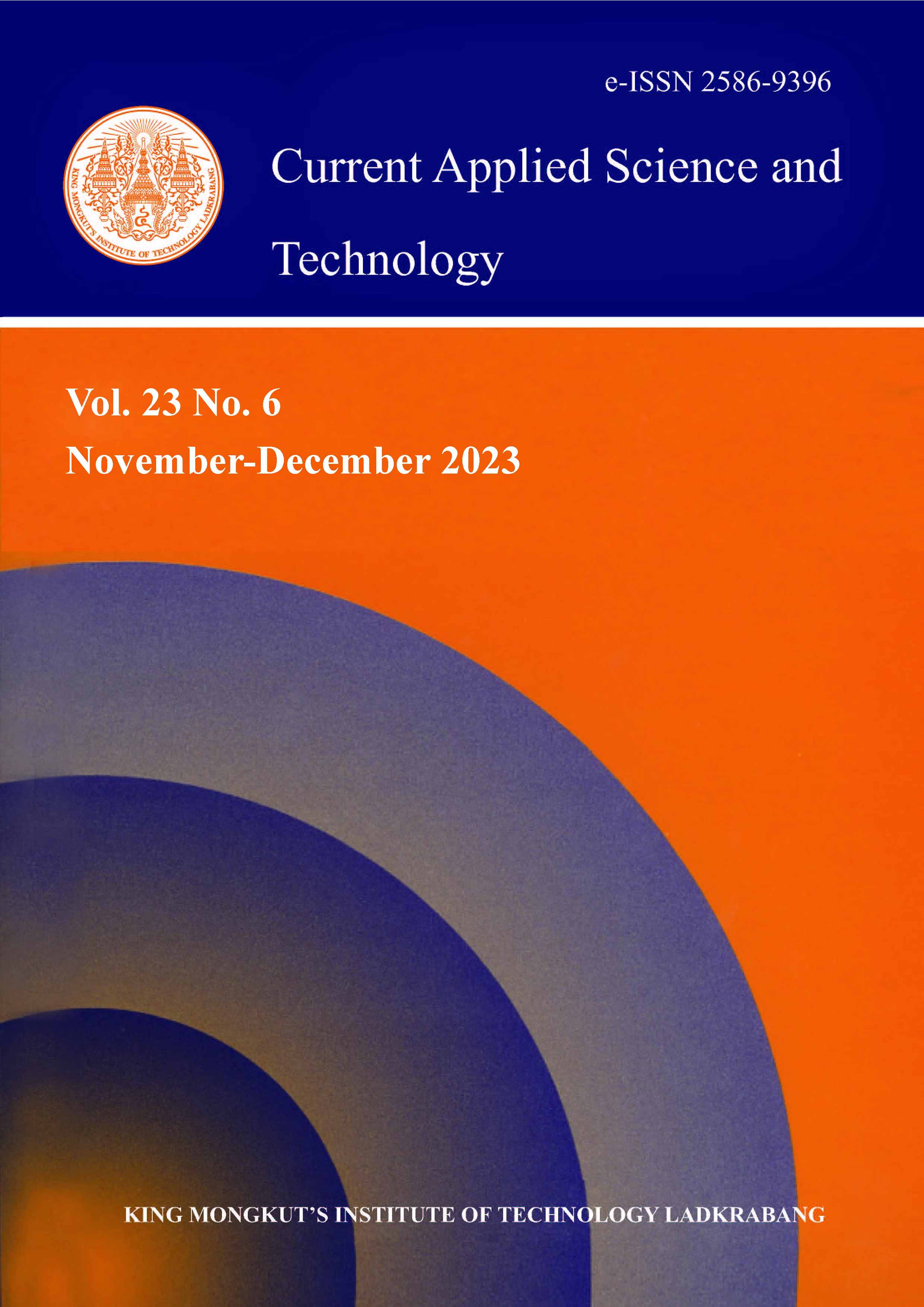In this work, WO3 thin films were fabricated by reactive DC magnetron sputtering, and then thermally annealed at 400°C for 2 h under air, low vacuum and high vacuum. After the annealing treatments, the morphology and crystallinity of the WO3 thin films were observed using FE-SEM, GI-XRD and Raman spectroscopy. The optical properties were analyzed by UV-Vis spectroscopy. The results showed the decrease of film thickness under different annealing conditions. In addition, the annealing conditions also affected the crystalline structure at diffraction planes (200) and (002). The transmittance of the WO3 thin films revealed that the annealing treatment at high vacuum led to lower transparency. Furthermore, the WO3 thin film annealed under air produced the highest PEC efficiency. Therefore, this approach offers an alternative strategy for photoelectrochemical (PEC) water splitting application.
Keywords: WO3 thin film; DC magnetron sputtering; photoelectrochemical water splitting
*Corresponding author: Tel.: (+66) 25646900 Ext.2700
E-mail: saksorn.limwichean@nectec.or.th
Yuangkaew, T. ., Ponchio, C. ., Nuchuay, P. ., Patthanasettakul, V. ., Eiamchai, P. ., Nuntawong, N. ., Horprathum, M. ., & Limwichean*, S. . (2023). The Effect of Annealing Treatment on WO3 Thin Film Prepared by Reactive DC Magnetron Sputtering for Photo-electrochemical Water Splitting Application. CURRENT APPLIED SCIENCE AND TECHNOLOGY, DOI: 10.55003/cast.2023.06.23.010 (10 pages). https://doi.org/10.55003/cast.2023.06.23.010

